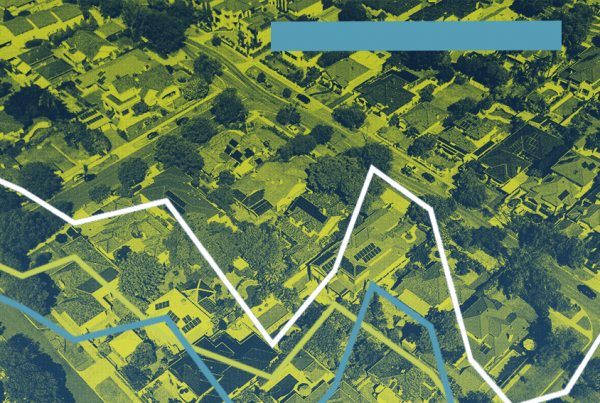At its September 2022 meeting, the Federal Reserve raised the Fed funds rate – the amount banks pay to borrow money from each other overnight – by another three quarters of a point, equaling the last two rate increases it instituted in June and July of this year.
Last week, falling gas prices delivered a second encouraging U.S. inflation reading in a row as the Consumer Price Index rose by just 0.1% in August. However, some economists predicted a full-point increase at this meeting, something the Fed has never done in its history. That’s because the CPI report also showed inflation has spread more broadly through the economy. The so-called core rate of inflation that omits food and energy prices rose by a sharp 0.6% in August, doubling the July increase.
The Fed views the core rate as a more accurate measure of future inflation trends and underscores how much inflation has become embedded in the economy. The cost of staples such as food, rent, medical care, furnishings, and new cars all rose last month.
Ultimately, the Fed settled on another three-quarter-point rate increase this time. Its next meeting (and the next possibility of another aggressive rate increase) is set for November.
What does the higher Fed funds rate mean to mortgage rates?
As we pointed out in previous blogs about Fed rate increases in March, May, June, and July, the Federal Reserve technically doesn’t determine mortgage rates. However, its actions do have an effect on home loan pricing.
Given all the predictions of Fed rate hikes this year and how they’ve mostly come true, the mortgage market has once again already adjusted for this latest increase (as evidenced by the upward movement in mortgage rates last week after the most recent CPI report was released). So, it is essentially reflected in current mortgage rates. Also, keep in mind that mortgage rates are based on longer-term bonds, while the Fed funds rate applies to loans that last less than a day.
As always, there are still steps you can take to get a great rate when rates are rising, including exploring the possibility of a long-term lock of up to 270 days in advance of your closing date. This is an especially valuable option as there could be still more Fed rate hikes in 2022 and beyond if this latest attempt to bring inflation numbers down is unsuccessful.
Remember: unlike the Fed rate, mortgage rates change daily and sometimes hourly – and they still occasionally go down, despite the direction of the Fed rate. The best way to navigate interest rates on home loans is to speak with a Homeowners Licensed Mortgage Professional about current market conditions. In any market situation, we’re here to help you understand the rates that are available to you and get the best possible pricing on your next home loan.





